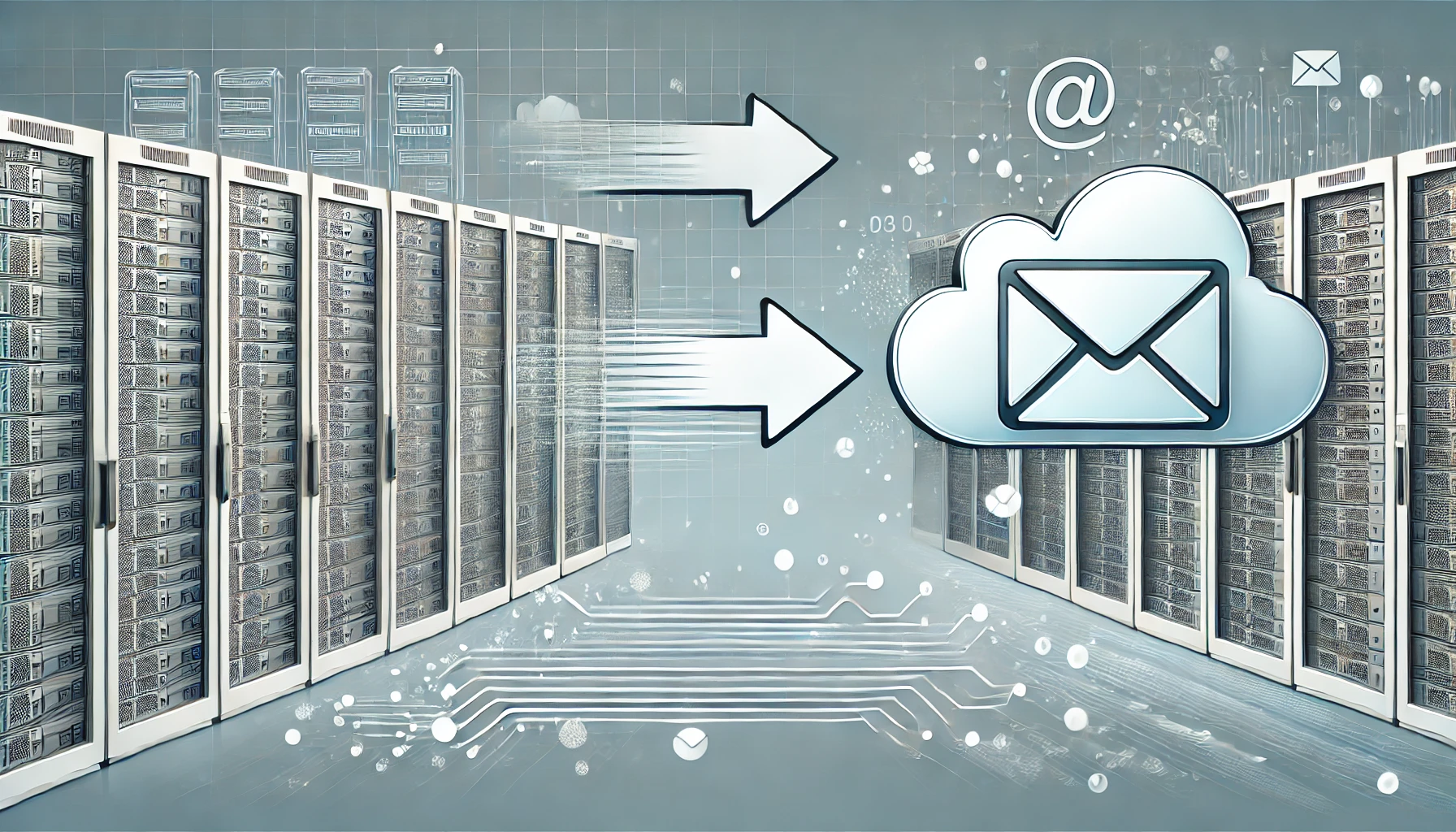
Why auto-scaling is key to cost-effective cloud management
Today’s fast-paced digital businesses are dependent on scalable and adaptable public cloud infrastructures to keep up with the growing needs of their customers, with spending on global cloud infrastructure services predicted to increase by 19 percent this year. Faced with the constant challenge of how to optimise their cloud resources to avoid potential performance issues and unnecessary costs, the best prepared organizations must seek out tools to help achieve the most effective cloud management possible.
Auto-scaling is one such tool, designed to automatically adjust public cloud resources depending on real-time demand. It can help businesses keep their applications agile, responsive and available at the right level, so it is well worth considering its benefits.

New watchdog platform designed to protect enterprise AI deployments
As enterprises turn to increasingly sophisticated AI applications and agentic AI workflows, the large cloud footprint required to support such complex systems has become critically difficult to secure.
To address this issue Operant AI is launching AI Gatekeeper, a runtime defense platform designed to block rogue AI agents, LLM poisoning, and data leakage wherever AI apps are deployed, securing live AI applications end-to-end beyond Kubernetes and the edge.

HPE launches new virtual private cloud solution
Hewlett Packard Enterprise (HPE) is launching an expansion of its HPE Aruba Networking Central AI-powered network management solution, including a virtual private cloud environment.
This is aimed at customers who want the agility of cloud but with specific data security, data control or regulatory requirements, and an on-premises option that can operate while being disconnected from the cloud.

Microsoft listens to users and revises its WSUS driver synchronization deprecation plans
Microsoft had made much of its plans to deprecate WSUS driver synchronization, announcing the intention in the middle of last year. In January, it issued a reminder that service was being closed down, and then again in February.
But now the company has had a change of heart. WSUS support for driver synchronization was due to come to an end this month, but Microsoft has backtracked saying that -- based on “your valuable feedback” -- it has revised its plans and will keep the service active.

Why companies may be overthinking their cloud transformation
Cloud migration is an essential step for companies looking to scale, optimize, and future-proof their operations, but many organizations find themselves overwhelmed by the complexity of migration, often overthinking the process and getting stuck in a paralysis of what if rather than keeping focused on the more important why.
The problem with this hesitancy is that it is slowing progress for their overall digital transformation. Indeed, cloud migration is a complex journey, especially if the organization in question has multiple sites and decades of sunk costs in legacy technologies. But the cloud migration process can still be simplified and executed successfully, provided organizations focus on the right strategies.

Cloud collaboration platforms exploited in phishing attacks
Popular cloud collaboration and file sharing platforms like Adobe, DocuSign, Dropbox, Canva, and Zoho are being misused in phishing attacks due to their widespread adoption by businesses and individuals.
Research by Cofense finds 8.8 percent of all credential phishing campaigns in 2024 used these websites. Among campaigns exploiting these online document sites 79 percent of all cases containing the domains were credential phishing attacks.

Seamless migration: Moving on-prem mailboxes to the cloud
Since 2020, most businesses have shifted their Microsoft Exchange mailboxes to the cloud. As of 2023, just 16 percent of Microsoft Exchange mailboxes operated on-premises -- a clear indication that organizations are seeking the improved scalability, reliability, and cost efficiency of cloud-based solutions.
However, migrations from on-prem mailboxes can be challenging. They can disrupt business operations, present security risks, and create compliance challenges. Without proper migration planning, businesses face significant vulnerabilities and risks. On top of this, support continues to diminish for various platforms. Just recently, Microsoft announced its sunsetting support for Exchange 2016 and 2019 later this year.

Google admits accidentally deleting Timeline data of Google Maps users due to a ‘technical issue’
Users of Google Maps have been complaining in growing numbers that their Timeline data has mysteriously vanished. Now Google has confirmed that this was down to a “technical issue” rather than user error, and warned that there will be no way to recover this data for some people.
The Timeline feature of Google Maps stores location history, and is used by many people as a way of keeping track of places they have visited. Now, for those who were unaware of a recent change to the way Timeline data is stored, the technical SNAFU means that these memories are lost forever.

New solution delivers fast recovery from ransomware attacks
With enterprises relying increasingly on data stored on the cloud existing ransomware solutions designed for in-house storage often fall short. That can mean longer recover times which in turn can prove devastating for the business.
Cloud backup platform Eon is launching a new cloud-native package designed specifically to provide protection and recovery from ransomware attacks. Engineered for immediate recovery, Eon's platform is able to restore clean data in minutes, offering greater efficiency than other current market offerings.

The biggest security flaw of every cloud service that no one talks about -- until it's too late
Do you trust your SaaS vendor with the keys to your kingdom? The agent running on your systems is only as secure as your cloud vendor’s security posture. It’s a security risk that should keep every organization’s IT and security teams up at night.
Many vendors will cite pen testing, bug bounty programs, and certifications like SOC 2 and ISO 27001 as a testament to their security. But the reality is that breaches still happen.

84 percent of enterprises are struggling to manage cloud spending
With cloud spending expected to increase by 28 percent in the coming year, a new poll of over 750 technical professionals and executive leaders worldwide finds that 84 percent see managing cloud spend as their top challenge.
The study from Flexera shows 33 percent of organizations are spending more than $12 million annually on the public cloud alone partly driven by AI adoption. With cloud budgets already exceeding limits by 17 percent, organizations are increasingly turning to managed service providers (60 percent) and expanding use of their FinOps teams to regain control over spending (59 percent).

The cost conundrum of cloud computing
For most businesses, change is driven by the need to reduce risk and innovate, while optimizing cost and return on investment. In the case of cloud adoption, the powerful functionality offered by these platforms enable businesses to streamline, optimise, and make their workflows more efficient which, in turn, helps reduce costs. Organizations are always looking for the best solutions for optimizing efficiency and reducing costs, particularly in uncertain economic times.
Yet, in reality, migrating to the cloud does not always bring the cost optimization and savings that an organization is looking to benefit from. Depending on which cloud solution is being evaluated, along with how the solution is designed, built, and deployed, the result may not deliver on the project’s original goals.

Seamless cloud migration: Building an AI-optimized future
Implementing cloud services with AI technologies, such as Microsoft Copilot, is fundamental for IT providers seeking to offer advanced solutions. However, with greater dependence on AI-generated tools to foster innovation and productivity in organizations, the necessity of enabling cloud environments to host these sophisticated capabilities has become paramount.
Their successful integration, however, comes at the expense of having additional investments in computing power, data analytics, and intelligent security solutions that shield sensitive information from unauthorized access. Many companies first need to accomplish a cloud migration to improve the security posture of the infrastructure before implementing AI.

Fax in 2025: How cloudification is revolutionizing financial services
Digital transformation is causing the financial services industry major problems when it comes to how highly sensitive, time-critical information in transmitted. Adding to these challenges are the radical changes in customer expectations in recent years, as digital communications have taken hold in nearly every aspect of consumers’ lives.
To remain viable, outdated communication structures -- particularly those relying on servers and distributed systems -- need to be consolidated and standardized. Few industries are more prepared for this transformation than financial services, where significant investments are already being made to improve operational efficiencies and competitiveness. As some of the world’s largest financial institutions invest in modern technologies like cloud migration and AI, attention is turning to some of their oldest tools that are still in use. Fax is a prime example.

Microsoft is ready to create more annoyance by rolling out OneDrive ads to Office users
Looking for another reason to shake a fist at Microsoft? How do you feel about a new batch of unwanted prompts in Microsoft 365?
Search no more! This very reason is about to materialize in Word, PowerPoint and Excel as Microsoft starts to pester users to back up their files to OneDrive. By May, but perhaps as early as this month, you could find that you’re hit with ads badgering you to add files to Microsoft’s cloud storage service.
